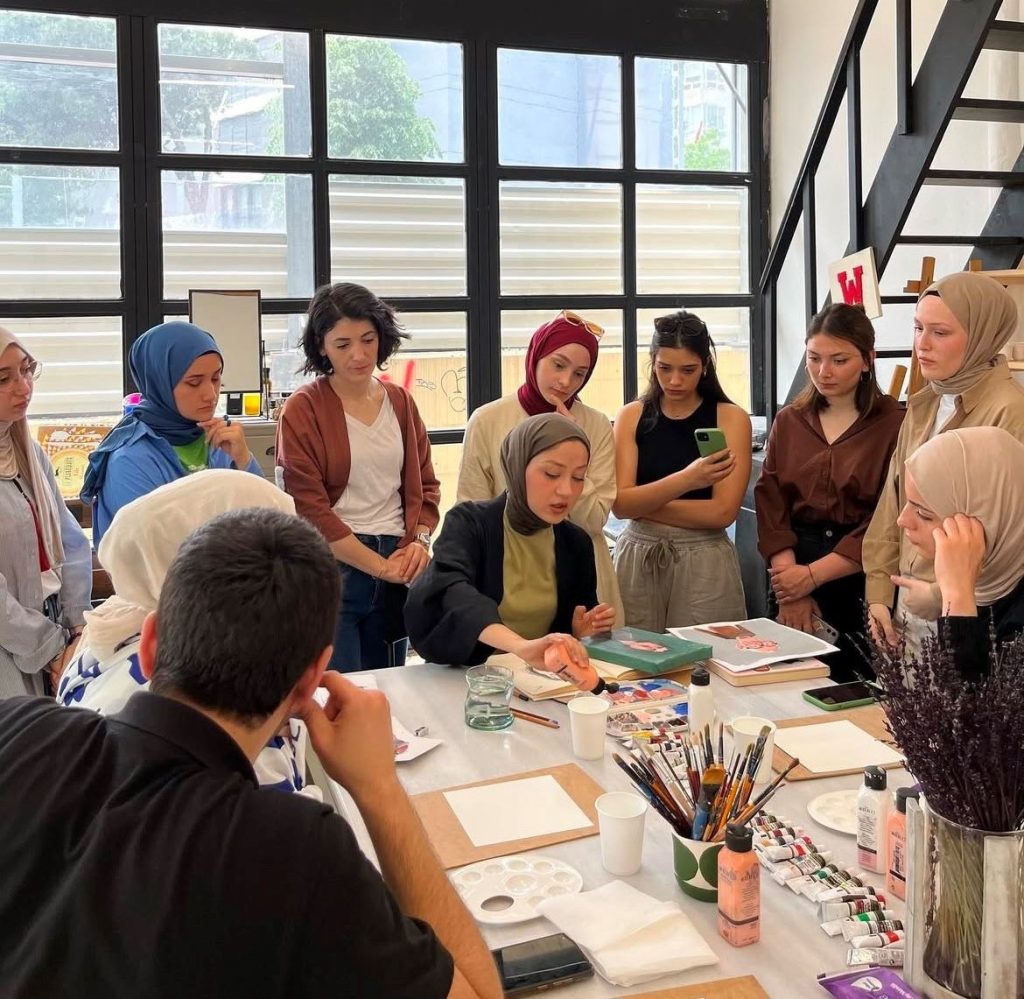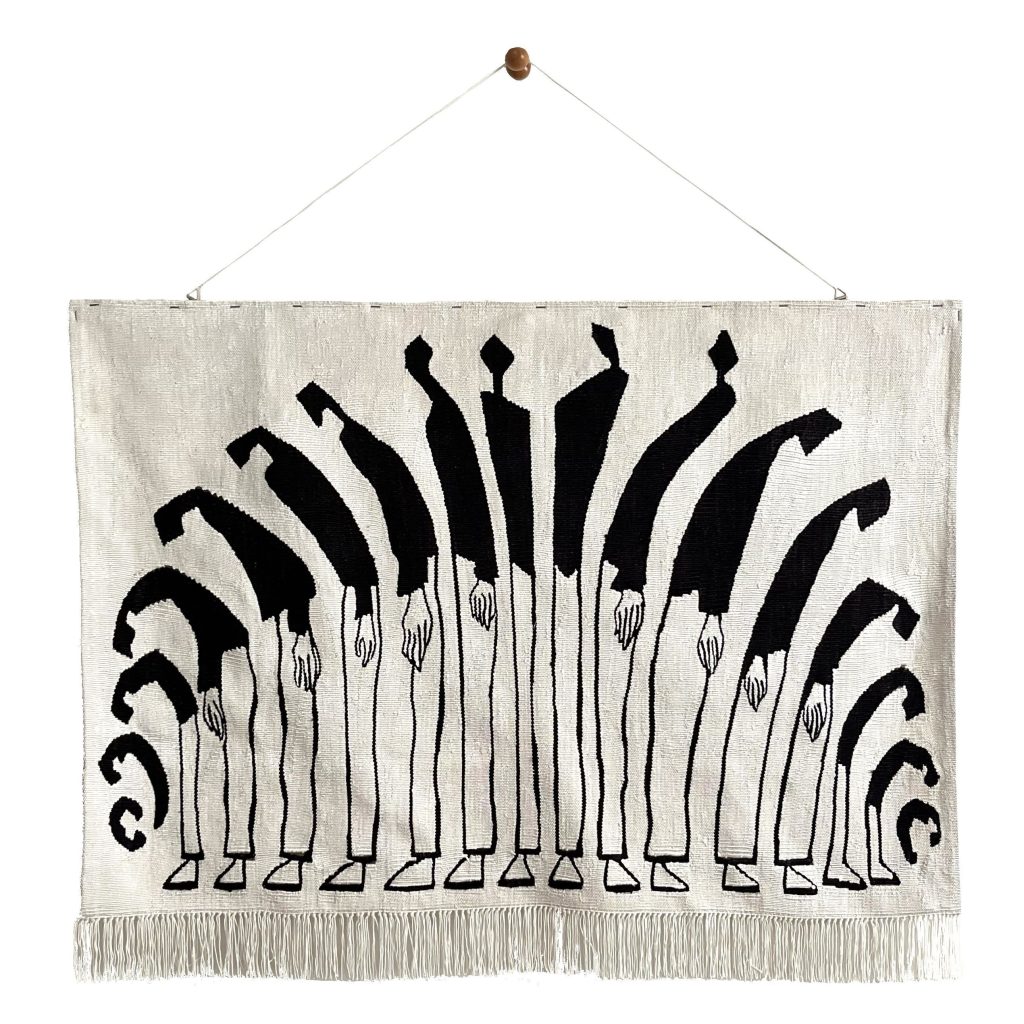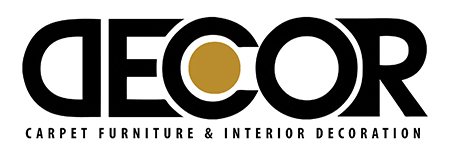Our guest in this issue is Dilara Gevrek Can. Dilara embraces the philosophy of “not living to work but working to live.” She began creating, learning, and teaching while still a student. The designer, who says, “In my eyes, carpet weaving is not just a craft but also the most meaningful way to carry cultural heritage into the future,” explains that her studio, Studio 2, first reminded her of her values.
Let’s get to know you first…
I graduated from the Carpet, Kilim, Fabric, and Pattern Design Department of the Faculty of Traditional Turkish Arts at Mimar Sinan Fine Arts University. My interest in painting and art since childhood led me to change the direction of my education during high school. Initially continuing my studies at a different high school, I transferred to the Graphic Design department to nurture this passion. The steps I took on my artistic journey eventually led me to teaching. However, this journey was shaped not only by my efforts but also by my deep passion for the magical world of art. For the past five years, I have been providing training in my studio, combining both traditional and contemporary design approaches.
What does carpet and weaving mean to you?
For me, carpet and weaving are like a bridge connecting the past and the future—one of the most beautiful symbols of our cultural heritage. Each carpet is like a book. Every pattern, motif, and knot tells a story. But the most significant part of these stories is hidden in the hands of the weavers because the ones who weave the carpets are the true protagonists of this story. These threads not only connect us to the past but also allow us to feel the hands, hearts, and dreams of our grandmothers, mothers, and sisters. Those carpets are a silent yet powerful language telling the lives, struggles, and dreams of women.

Carpet weaving, in my view, is not just a craft but the most meaningful way to carry cultural heritage into the future. Every motif has a meaning; every color has a feeling and a story. Carpets whisper the identity of a region, the memory of a family, or the history of a people. That is why, whenever I look at a carpet, I see not just a pattern but a life.
You opened a studio and started teaching while still a student. How did you manage it? How did people react?
Opening a studio and teaching at an early age was initially seen as somewhat unconventional. Although being both a student and a teacher seemed challenging at first, I realized over time that it brought me immense benefits. I was learning alongside my students while also sharing my knowledge with them. Soon, they began producing works for the industry, and that made me incredibly happy.
Can you tell us about Studio 2? What do you do there? Why this name?
At Studio 2, I provide basic art education. Our lessons are structured in modules, with each module focusing on a different subject. Initially, we improve fundamental drawing skills through pencil studies. Then, we move on to color theory, illustration, character design, original design, canvas work, and digital art using the Procreate program. After completing these modules, our students begin creating original paintings and working in various disciplines.
The name Studio 2 holds a special meaning for me. You see two versions of the number “2”—one upright and the other reversed. This symbol represents, for me, the balance between “this life” and the “hereafter.” The first thing that came to my mind was to adopt the philosophy of “working to live” instead of “living to work” while continuing my profession. On this journey, people sometimes forget their priorities while working and place their careers at the center of their lives. I, however, chose to center my faith and spirituality. Studio 2 always reminds me of my values first, and then I begin creating.
Can you talk about the exhibitions and other events you have participated in?
As part of the Alaca Weaving Group, we organized various exhibitions with the support of our mentor, Esen Baydemir. My piece “Kuzu” (Lamb) was exhibited in one of our exhibitions at Tophane-i Amire. Additionally, my weaving piece was featured in the Antique Cisterna exhibition. At the Base exhibition, my weaving and embroidery works titled “Cenin” (Fetus) were showcased for art enthusiasts. Currently, I am preparing works for an upcoming exhibition in Cappadocia.
In the most recent Base exhibition, I aimed to depict the human life cycle using traditional weaving and embroidery techniques. To symbolize the transition between birth, life, and death, I incorporated traditional human figures and motifs such as the “eli belinde” (hands on hips) woman motif, the “tree of life,” and the “bird” motifs. At the same time, I sought to merge the contemporary art of illustration with traditional weaving techniques.

The figure I created symbolizes the human being, initially in the form of a sperm, representing the first stage of life. The fetal position of the human body at birth, its resemblance to sperm, and its association with the Arabic letter “vav” from the Qur’an, together with its transformation into the traditional Turkish human motif, gives it deeper meaning. As life progresses toward death, the body curls, wrinkles, and hunches into the fetal position again, representing the cycle of life from birth to death and the human’s departure from this world. Through this work, my aim was to combine the simplicity of traditional art with the language of modern art to tell the story of birth, death, and the life cycle. Humans are born, live, and die.
Finally, is there anything you would like to add?
Being in the Faculty of Fine Arts has provided me with significant advantages, not only artistically but also in terms of following the industry and current trends. Undergoing disciplined training ensures that the work you produce meets both technical and aesthetic standards. I have always valued breaking away from traditional molds in art, bringing together different disciplines, and continuing to create. In my opinion, art should break free from rigid stereotypes because diverse perspectives and expressions enrich the art itself.









